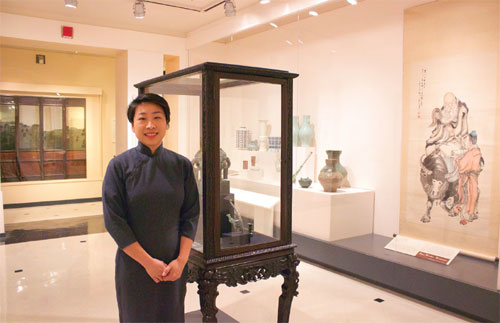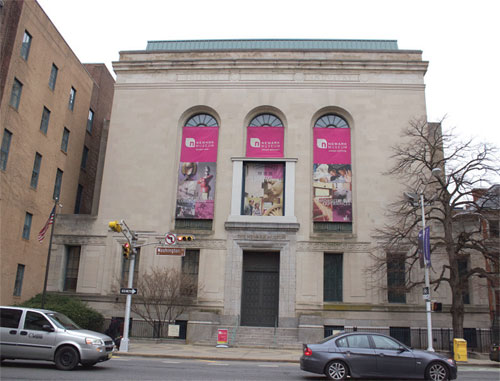Lin Yingchun: Conservator of arts in NJ
Updated: 2015-05-15 11:17
By Niu Yue in New York(China Daily USA)
|
|||||||||
With a strong conservation background and extensive experience working in China, Chinese-American archeologist Lin "Linda" Yingchun has joined the Newark Museum as the foundation conservator for Asian art.
"Linda's expertise will enhance and better preserve our significant collection of over 30,000 works from Asia," said Katherine Anne Paul, curator of Arts of Asia at the Newark Museum.
As New Jersey's largest art museum, the Newark Museum has a collection of fine art from Asia considered among the best in the US.
Among the museum's objects from Asia, about 8,000 are from China, encompassing ceramics, textiles, enamels, lacquer wares and bronzes dating as far back as the Tang Dynasty (AD 618-907).
Born and educated in Taiwan with a youthful interest in the arts, Lin came to the US for college in 1998. She started out studying comparative literature at University of California-Irvine, but switched to art conservation of archeological and ethnographic materials for a master's degree at UCLA.
"I realized my interest was so broad and combined so many things, and conservation is a great combination of so many things that I'm interested in," said Lin, who believes that as a discipline, arts in conservation is a combination of history, fine art, personal creation, investigation, handwork and artistic skills, all of which made her obsessed with it.
"There are very scientific approaches to conservation as well," Lin added. "In order to know how something was made, in order to know the reason why it's deteriorating and to find the best way to take care of it for future generations...I think it's just a field that really speaks to my personality and my curiosity in general."
In graduate school, Lin got a chance to go to Xi'an, one of the oldest cities on the Chinese mainland, with one of her classmates who was from there. She worked as an intern at Shaanxi Archaeological Institute gaining first-hand knowledge of the mainland's rich archaeology.
"I saw the amount of amazing things that are uncovered whenever there is construction and whenever there is just a lot things going on, especially in that province. That was a very important experience for me to understand the reality of Chinese archeology," said Lin.
Lin has also worked with the Seattle Art Museum, the De Young Museum of San Francisco and the Athenian Agora excavations in Greece. She said that among the countries with an ancient history and active archaeology projects, China is probably the one that has impressed her most.
Three years ago, a fellowship opportunity at the Metropolitan Museum of Art brought her to New York City, where she conducted a year-long provenance, condition and conservation study of the museum's Asian amber collection.
Because of her cultural background and linguistic skills, Lin became more and more interested in Asian art while working at Met.
Thanks to the guidance of Donna Strahan, Lin's mentor at the MET, who was one of the first experts to teach conservation courses in China and continues to lecture widely in Asia, Lin gradually developed a specific focus on conservation of Asian art and eventually Chinese art.
"She is very involved in research on ancient Chinese materials (as one of her many research interests). [For me] as an emerging conservator, her knowledge about ancient materials culture, and her conservation treatment approaches have influenced me greatly," Lin recalled in an email.
When the Newark museum posted a position for a conservator of Asian art, "I knew it was an opportunity that I couldn't pass up," said Lin.
During the interview at the museum, when she saw the grand scale of the Asian collection and knew the incredible value of it, she was convinced that it would be a great professional experience for her.
Less than a month after coming on board at the beginning of April, Lin reached a consensus with Paul on helping promote Asian art.
Paul said they are working on a Yixin exhibition, which will bring contemporary and traditional Yixin artists to the US to work with the museum.
"The attention that the Chinese have been focusing on their cultural heritage is incredible. The amount of investment, the amount of research, that's been happening in the past ten years is incredible compared to what has been done before," Lin said.
"From what I know, you cannot export Chinese archeological goods outside the country anymore since there is a lot of protection from a country that wants to preserve its heritage," she added. "So maybe that also increases the value of what is circulating outside of the country."
"I'm a combination of at least two cultures - American and Chinese. I feel really fortunate because what I'm doing now, I can learn more about my own cultural heritage and different cultures as well. To me, it's a privilege and good fortune that I'm able to continue doing what I find very interesting," said Lin.
Hong Xiao in New York contributed to this story.
|
Lin Yingchun (Linda), who in April was named foundation conservator for Asian art at the Newark Museum, stands in the Gallery of Chinese Art. Hong Xiao / for China Daily |
|
Newark Museum is New Jersey's largest museum, with a Chinese collection that numbers over 8,000. Hong Xiao / for China Daily |
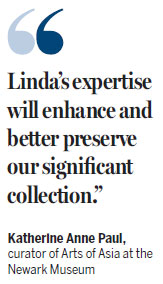
(China Daily USA 05/15/2015 page11)
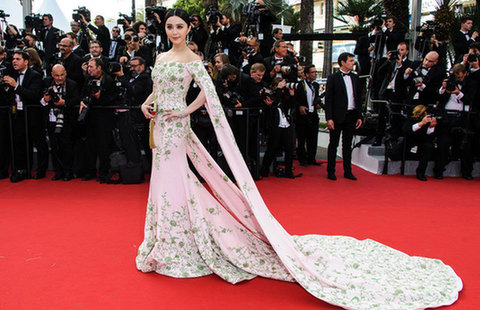
 Cannes Film Festival unrolls star-studded red carpet
Cannes Film Festival unrolls star-studded red carpet
 Amazing artworks in supermarkets
Amazing artworks in supermarkets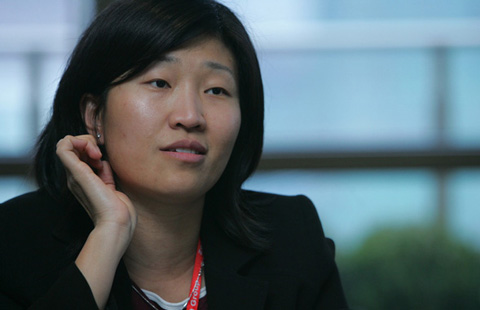
 Top 10 venture investors in the world
Top 10 venture investors in the world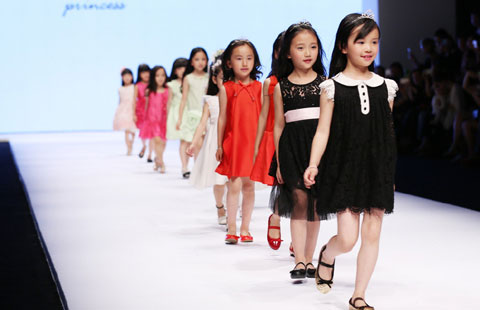
 Ten photos you don't wanna miss - May 14
Ten photos you don't wanna miss - May 14
 Classical private school in Qinling Mountain
Classical private school in Qinling Mountain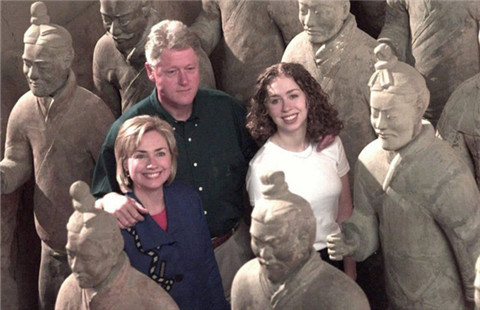
 Heads of state show you around Xi'an
Heads of state show you around Xi'an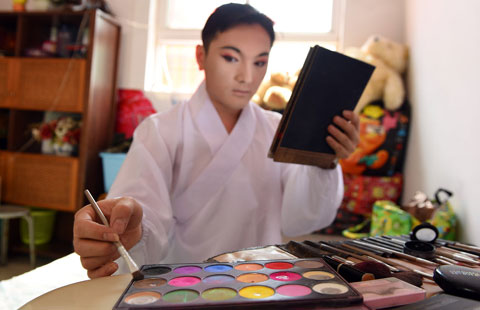
 Cross dressing for Peking Opera
Cross dressing for Peking Opera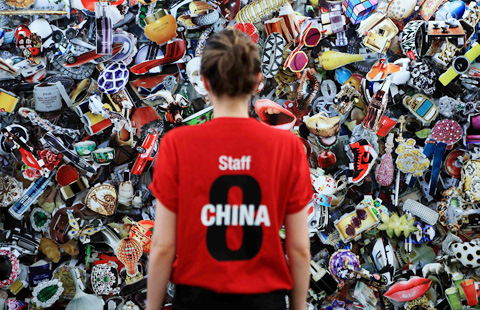
 Ten photos you don't wanna miss - May 13
Ten photos you don't wanna miss - May 13
Most Viewed
Editor's Picks

|

|

|

|

|

|
Today's Top News
Xi to give Modi a hometown welcome
Aviation, railway top Li's agenda for Latin America
Cui rebuffs US stance on
S. China Sea
China set to delay maiden flight of C919 commercial jet
Police warn 'strange outfits' on subway may cause stampedes
At least six die in Philadelphia train derailment, scores hurt
Cui: How to get a win-win in Asia
Animated Deng Xiaoping set to hit silver screen this week
US Weekly

|

|
